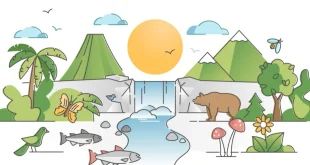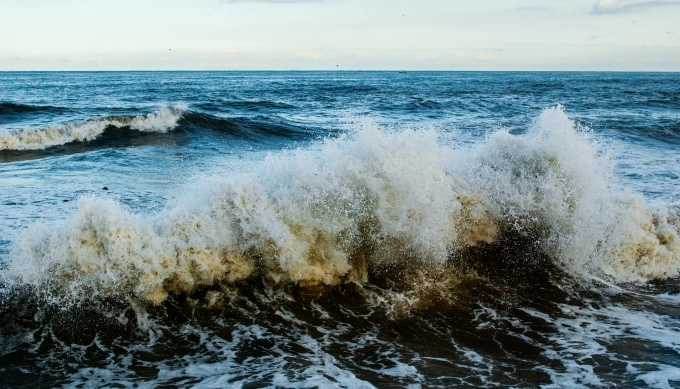
Introduction
There is a fact that there is only one thing that is constant in the world is “change”, and it is so true. But every move cannot be expected to be right, the best example is climate change. Climate change is a consequence of global warming.
The level of the sea differs with time and space due to physical processes, such as waves and tides. The mean sea level at a given point is defined as the average height of the sea surface over a period of time, for example, a month or a year, long enough that variations caused by waves and tides are largely removed.
The mean sea level has also spatial dispersal in the world and is called the global mean sea level. The changes in the local mean sea level and the global mean sea level are different because dominating phenomena in regional and local scales modify the global mean change.
Causes of Sea Level Rise
The factors that contribute to it like the melting of ice from land, warm waters expansion, and land sinking, most of these factors are a part of the natural process. Still, sometimes adverse phenomenon such as Global warming accelerates these processes leading to the disbalance of the harmonious construction of the natural process. Factors that are causing sea level rise are discussed below;
Global Warming and Sea Level Rise
Global warming is the irregular rise of average temperature on the surface of the earth. This has been caused by human progression towards modernization and industrialization.
The consequence of global warming has been displayed by the melting of ice and snow in areas such as Antarctica which has altered the average sea level of the whole world because the ice and snow have been transformed into water. If the situation continues to persist the animals living in those areas will be gone because of their natural habitat destruction.
Greenhouse gases are contributing to the process of global warming. These are gaseous compounds that occupy the atmosphere and when their concentration is not steady they cause a rise in the lower atmospheric temperatures.
Additionally, the long intervals of heat would melt the ice in Antarctica hence allowing ships to go through that region causing more disturbance to the ice sheets and more ice melting and sea level rise. https://thecliment.com/climate-change-and-its-alarming-impacts-on-the-environment/
Expansion of Warm Waters
It is a physical phenomenon that can be interpreted from the fact that the warmer the substance higher the density. It works similarly for our ocean water as well. As the global mean temperature rises, the waters in our oceans become warmer. This warming of ocean waters accordingly results in their expansion. It is recommended that thermal expansion of warm waters is accredited to about one-third of the global rise in sea level.
The Sinking of Land
Another cause of the sea-level rise is definitely a shocking one. Relatively, when the level of the soil starts to sink, the level of the sea will rise. To understand the significance, we need to know some of the reasons for the land sinking.
- Uncontrolled overconsumption of water causes the extinction of underground water.
- Drying of wetlands leads to drying of soil consequently, soil loses its density and sinks lower.
- Massive infrastructure constructions in densely populated areas further push the ground down.
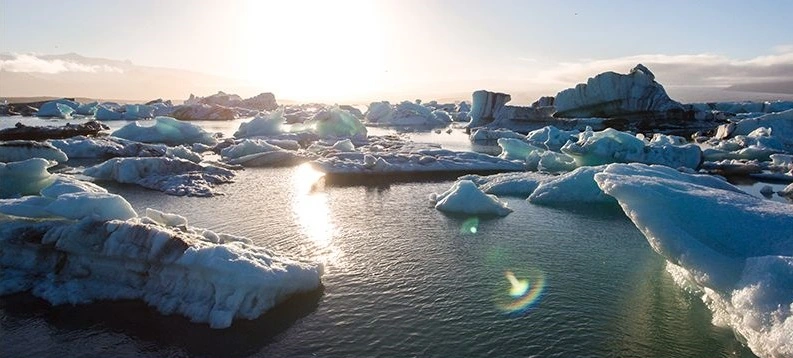
Consequences of Sea Level Rise
The impact of sea-level rise is going to be devastating. Sea level rise has devastating consequences, by disturbing the balance that nature. It is disastrous to the habitability of Earth. Here are some of the harmful impacts;
- Destructive Erosion is one of the unsuccessful outcomes of sea-level rise; it crashes the quality of soil in the coastal habitats. The coastal areas of Asia and Africa are at the conspicuous point of Sea level rise.
- Wetland Flooding is another terrible impact of sea-level rise in coastal areas. It destroys the habitat of wetlands biodiversity which ultimately leads to a number of other disturbing factors.
- Higher sea level inclines to overlap with deadly hurricanes and typhoons that lead to massive storm floods that strip away everything that comes in their way.
- Sea Level Rise leads to contaminate the agricultural soil and aquifers with salt. 71% of the earth is covered with water and only a small percentage of it is drinkable. It leads to the complete contamination of water resources.
- Rise in sea level causes floods in low lying areas.
- It also portends the communication infrastructure used in essential services like internet access.
All these consequences of sea-level rise eventually tend to impact human civilization.
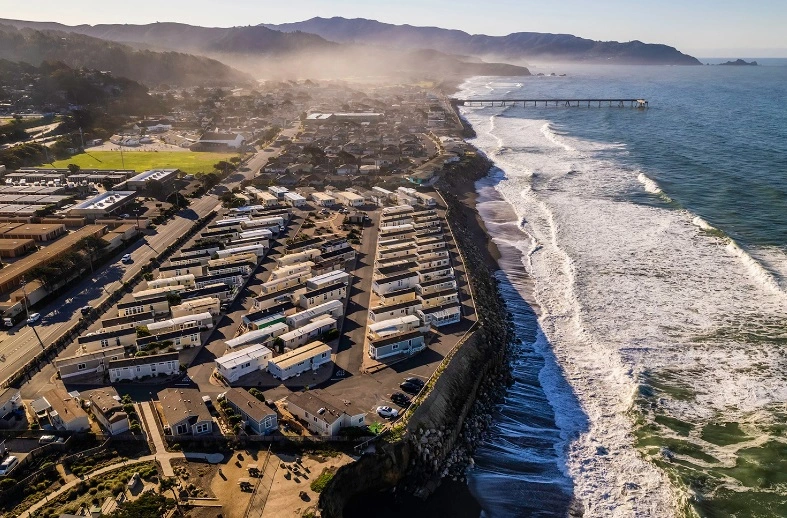
6 Solutions to Global Sea Level Rise
- Reduce your Footprint: One needs to calculate their carbon footprint to know how we can reduce the GHG emissions we produce each day. https://co2.myclimate.org/en/calculate_emissions
- Protect wetlands: We need to know about the restoration activities for wetland restoration as wetlands act as natural cushions for coastal areas during storms and hurricanes. They absorb rain and storm flow waters.
- Let it soak in: Use stepping stones for walkways and pavement blocks for enclosures. Hard surfaces prevent water from saturating into the ground and cause an increase in runoff and erosion. If you are repaving use penetrable pavement which allows water to penetrate into the ground.
- Plant more plants and save trees: To prevent trees from cutting down reduce paper use. Double-side printing of papers should be done .
- Reduce your energy use: Reducing energy usage is good for environment. Turn off your lights and other appliances when not in use and exchange them with more energy-efficient appliances.
- Climate Action Plan: Many cities and countries do not have strategies to address climate change, a cause of present rise. Encourage local elected officials to take action now.
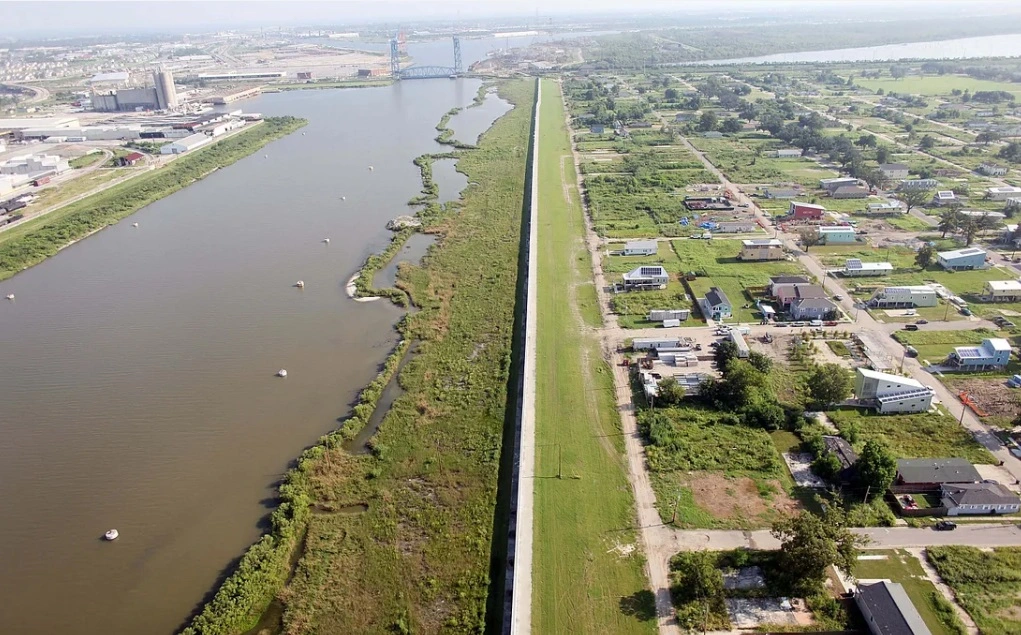
Conclusion
Countries need to identify the causes of Arctic sea ice melting and their most damaging mechanisms have been important first steps to protect the coastal communities around the world. It is life-threatening through the next decade and afar to continue identifying possible solutions to this rising problem and to support current and future efforts to do so.
 The Climent Respect your roots, Protect your planet
The Climent Respect your roots, Protect your planet
